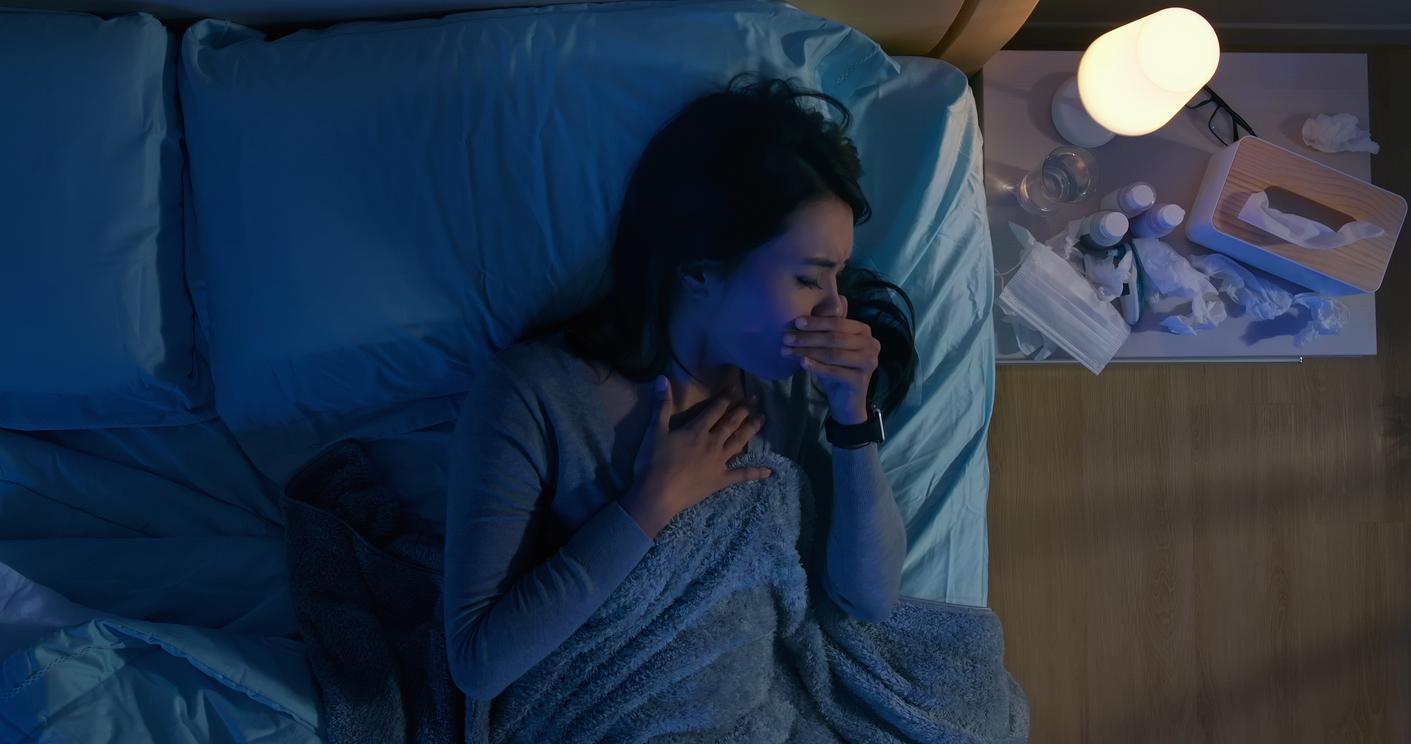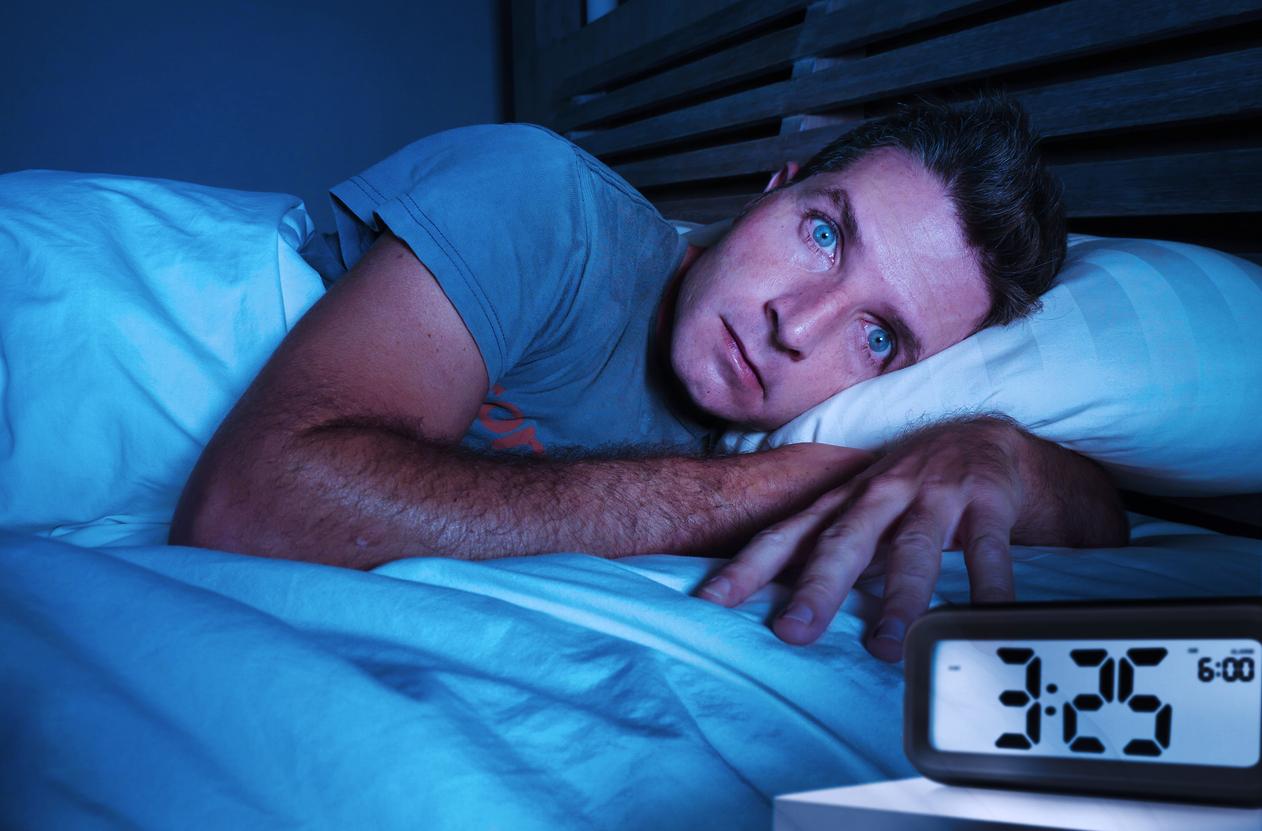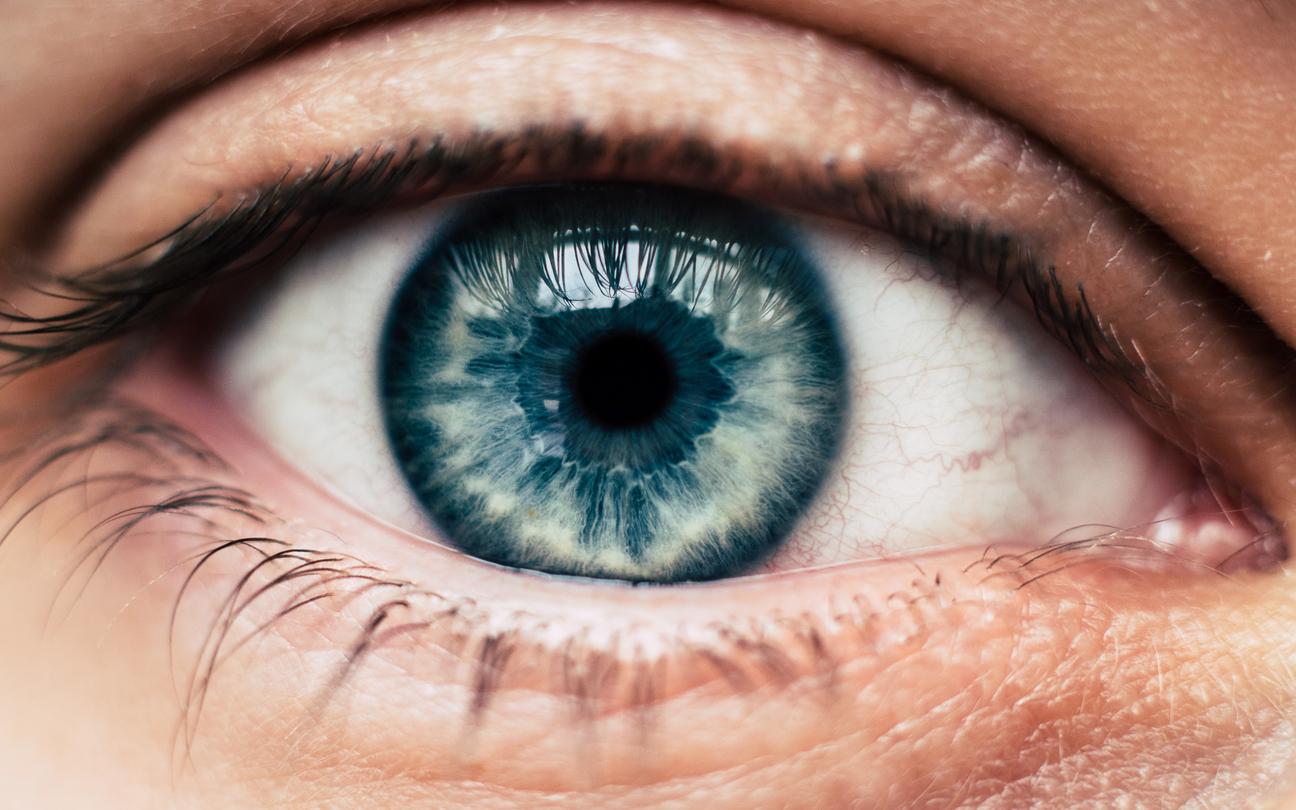How to explain the occurrence of bipolar disorders ? These psychic disorders are characterized by alternating manic phases with excitement, irritability, effervescence, and phases of depression characterized by great sadness and apathy. Researchers at Mc Lean Hospital (United States) are currently working to understand the risk factors for these disorders, and have focused in particular on the link between bipolarity and abnormalities of the circadian cycle (wake/sleep cycle). Their work is published in the journal Biological Psychiatry.
The key role of somatostatin
To do this, they studied the brains of deceased people by analyzing the structure of the network of neurons and the presence of neurotransmitters, molecules that transmit signals between these cells. The researchers had 15 brains from people who had suffered from bipolar disorder, 12 brains from people with schizophrenia and 15 control brains. They then observed neuroanatomical changes in bipolar or schizophrenic subjects, particularly in the amygdala, a region of the brain that regulates the response to stress et al’anxiety. This area was indeed very poor in neurons reactive to somatostatin in bipolar and schizophrenic people. However, at the level of the amygdala, a low expression of somatostatin can be caused by a disruption of the circadian cycle. Somatostatin would therefore play a key role in bipolar disorders. Specifically, anxiety spikes early in the day could be explained by misregulation of somatostatin in the amygdala during the sleep cycle. “For more than 50 years, there has been evidence that something was wrong with the circadian rhythms of bipolar people, but there was a huge gap between what we understood about the brains of these people and how it altered the cycles. circadians, which contributes to the development of their symptoms“, underlines doctor Harry Pantazopoulos, main author of the study, on the site Science Daily.
Towards phototherapy treatments?
However, the authors remain cautious and point out that additional studies are needed to understand the mechanism of this association between the circadian cycle and bipolar disorders and to know whether it is a correlation or a cause and effect link. Their hope, in the longer term, is to understand this phenomenon sufficiently to find new therapeutic avenues, for example by using phototherapy to regulate the circadian cycle. Last December, researchers in neuroscience and psychiatry had already shown that genes controlling circadian cycles may be involved in triggering bipolar disorder.
>> To read also:
Bipolar disorder: the smartphone could detect mood swings
The double punishment of psychiatric patients in prison
One in five French people suffers from mental illness
Creativity and mental illnesses would have common genetic roots
















